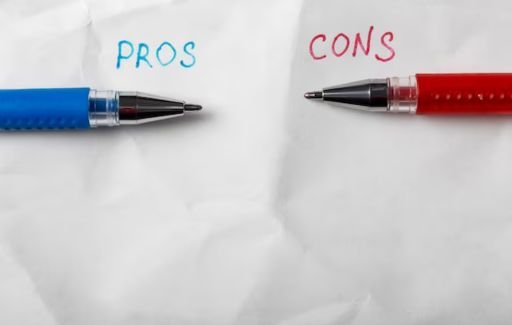


Advertising cost per impression, also known as CPM (cost per thousand impressions), is one of the most common pricing models used in digital advertising today. With the rise of programmatic advertising and real-time bidding platforms, understanding CPM and optimizing your ad costs has become more important than ever.
In this complete guide, we'll cover everything you need to know about advertising CPM rates, including:
Plus we'll answer some frequently asked questions about advertising cost per impression metrics and rates. Let's dive in!
CPM stands for cost per thousand impressions, which refers to the cost an advertiser pays for every thousand impressions served. An impression refers to an ad being loaded on a web page.
For example, if you run a banner ad campaign with a CPM of $10, you pay $10 for every 1,000 impressions that ad receives. If the ad is served 10,000 impressions, the total cost would be 10 * $10 = $100.
CPM is determined by calculating the cost per ad and dividing it by the number of impressions, then multiplying by 1,000.
Formula:
Because impressions are often measured in the thousands, cost per impression is commonly referred to as CPM.
CPM rates can vary widely depending on factors like industry, ad placement, and ad format. Here are some average CPM rates to give you an idea of cost-per-impression benchmarks:
Average Display/Banner Ad CPM Rates:
Average Video Ad CPM Rates:
Average Social Media Ad CPM Rates:
Average Native Ad CPM Rates:
As you can see, video ads tend to have higher CPMs due to increased engagement and impact, while social media ads are on the lower end of the CPM spectrum.

So what constitutes a "good" cost per impression? The answer depends greatly on your goals, industry, and ad placement.
A few rules of thumb for good CPM rates:
You'll want to start higher if you're advertising in premium ad spaces like major publications or native ad placements integrated into editorial. Higher viewability, brand safety and impact come at a premium.
Conduct competitive research to understand the CPM rate for your particular product, placement and audience. See what CPM competitors are paying to set a benchmark.
To calculate your actual CPM, you'll need campaign performance data:
CPM = (Cost of Campaign / Impressions) x 1,000
So if your campaign spent $1,500 and received 300,000 impressions, your CPM would be:
CPM = ($1,500 / 300,000) x 1,000 = $5 CPM
Once you know your CPM, you can optimize to improve it:
To reduce your CPM:
To get more value from your CPM:
Studying the factors that influence your CPMs, like creativity, audiences and inventory, is key to optimizing your ad costs.
CPM rates are based on a variety of factors related to the value of an ad impression. Factors that impact cost-per-impression pricing include:
Buying through private marketplace (PMP) deals can help secure premium inventory at lower CPMs. But overall, higher quality ad placements and audiences demand higher advertising costs per impression.

In addition to CPM, there are a few other common digital advertising pricing models to be aware of:
CPM is best for awareness goals where reach matters most. CPC is ideal for maximizing clicks and site traffic. CPA pricing aligns costs directly with conversions for performance marketing goals.
Many campaigns utilize a combination - like using CPM for upper funnel efforts to drive site traffic, then leveraging CPA bidding for lower funnel retargeting conversions. Evaluate your campaign objectives and KPIs to choose the right pricing model.
For programmatic advertising campaigns priced on a CPM basis, your bidding strategy can make a big impact on results. Here are some effective approaches to managing your CPM bids:
With the right data, optimizations and bidding strategies, you can keep your advertising CPMs as efficient and competitive as possible.
A: For display ads, a CPM under $10 is generally considered reasonable depending on audience and placement. For video and native ads, good CPM rates are around $20-30. For social ads, aim for CPMs under $10.
A: Pre-roll YouTube video ads average $10-30 CPM. Ad cost depends on factors like audience, targeting and video content. Popular videos and polished ads earn higher CPMs.
A: Mobile ad CPMs average $7-12 for banner ads and $12-20+ for full-screen ads. In-app mobile ads demand higher CPMs on average compared to mobile web ads.
A: Ways to get lower CPM rates include running wide-targeted or retargeted campaigns, buying remnant inventory, or negotiating fixed CPM deals rather than bidding. But cheap impressions may come with poor viewability.
A: Yes, CPM matters a lot for brand awareness campaigns where reach is the main objective. While you may not get a direct response, cost efficiency ensures you get the most exposure possible from your ad spend.
In closing, understanding the factors that influence the cost per impression and optimizing your CPM rates is pivotal to running effective and efficient digital ad campaigns. Monitor your current CPMs, analyze competitive rates, and regularly test new strategies to strike the right balance between ad visibility and cost management.
With the right CPM bidding tactics and buying methods tailored to your campaign goals, you can make the most of your online advertising budget and lower your cost per impression over time.